10 Weird And Wonderful Wildlife Of Australia
By: Priyanka Maheshwari Sat, 23 Sept 2023 2:14:46
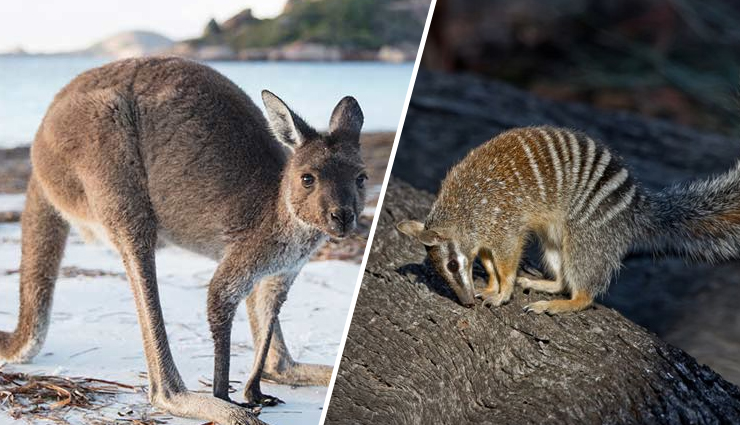
Approximately 180 million years in the past, a pivotal event reshaped the Earth's landmasses as the supercontinent Gondwana fragmented. Among the landmasses that emerged from this separation were those that would eventually become Australia and Antarctica. Over the course of about 30 million years, Australia completed its journey northward, distancing itself from its southern counterpart. This geographical isolation, combined with changes in land structure and climate, played a pivotal role in shaping Australia's extraordinary and distinct biodiversity.
In the present day, Australia boasts a remarkable natural heritage, with over 80% of its plant life, mammals, reptiles, and frogs being exclusive to this continent, found nowhere else on Earth. While some of Australia's native animals, such as kangaroos, dingos, wallabies, wombats, koalas, platypuses, and echidnas, are well-known worldwide, there remains a vast array of unique and lesser-known creatures awaiting discovery. In this exploration, we embark on a journey to uncover fascinating and extraordinary facts about ten of these remarkable Australian animals.
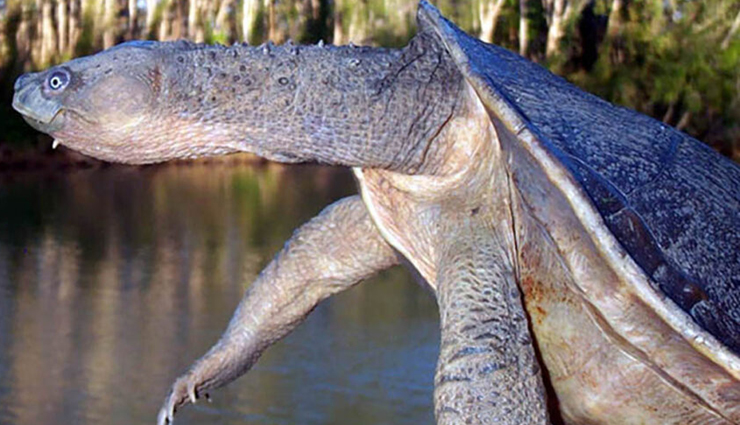
# Fitzroy River Turtle
This freshwater turtle has earned a rather unique reputation for its unconventional respiratory method – it breathes through its posterior. Indeed, this remarkable adaptation allows it to remain submerged for astonishingly long periods, up to an impressive 21 days. This ability is a crucial survival strategy, enabling the turtle to spend extended periods underwater for feeding and evading potential predators. Remarkably, this turtle's habitat is limited to the Fitzroy Basin in southeastern Queensland. However, the species faces significant threats, including predation by feral animals like foxes, cats, and pigs, as well as environmental challenges such as pollution, turbid water, and sedimentation. Consequently, it has been classified as "Vulnerable" on the IUCN's list of threatened species.
When it comes to cassowaries, their distinctive toe daggers serve them well in a multitude of ways. These birds can execute precision jumps, launching themselves feet-first to deliver a slashing blow with their sharp claws. Remarkably, they are also adept runners, capable of reaching speeds of up to 50 km/h even in dense forest terrain. Not stopping there, cassowaries are proficient swimmers, demonstrating their ability to navigate wide rivers and even venture into the sea. Encountering a cassowary in a chase is undoubtedly an experience one would wish to avoid!
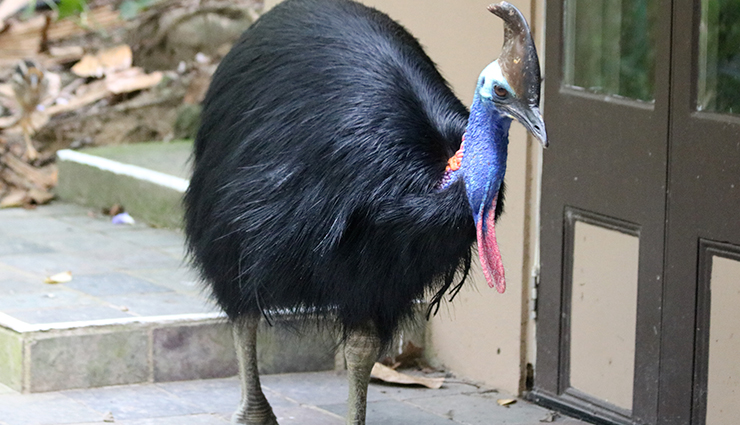
# Australian Southern Cassowary
What could be more intimidating than a 60kg contemporary 'dinosaur' armed with deadly claws? Perhaps one that possesses the astonishing ability to leap 1.5 meters off the ground. Cassowaries maximize the effectiveness of their formidable toe daggers by executing precision jumps, launching themselves feet-first to deliver slashing strikes while suspended in mid-air.
Adding to their impressive repertoire of skills, cassowaries are adept sprinters, capable of reaching speeds of up to 50 km/h even when navigating densely forested terrain. Furthermore, these formidable birds are skilled swimmers, demonstrating their capability to traverse wide rivers and venture into the open sea. Crossing paths with a cassowary in a chase is an experience best avoided at all costs!
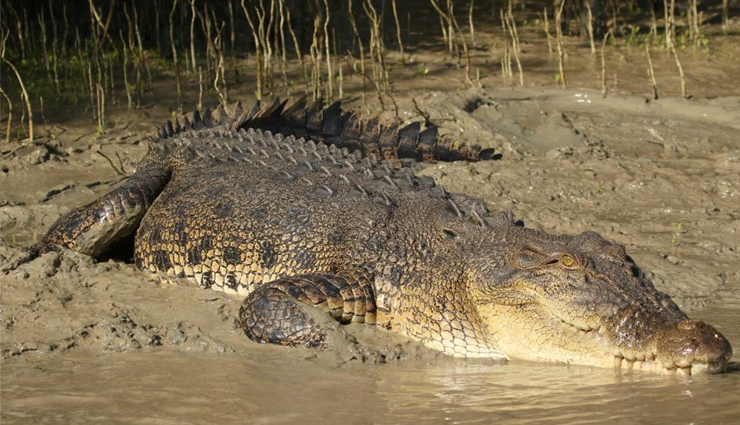
# Saltwater Crocodile
The Saltwater Crocodile, also referred to as the Estuarine Crocodile, stands as a nearly flawless predator, the outcome of countless years of evolutionary refinement. It embodies ferocity and is an adept, fearsome hunter that commands both respect and trepidation. This apex reptilian predator holds the distinction of being the world's largest reptile, with fully grown males reaching staggering lengths of up to 6 meters and weighing between 1,000 to 1,200 kilograms.
Here's an intriguing fact: Crocodiles, unlike humans, cannot perspire to regulate their body temperature. Instead, they rely on a process known as thermoregulation to maintain their ideal internal conditions. To prevent overheating, crocodiles employ one of two strategies – either submerging themselves in water or adopting a still posture with jaws wide open. By doing so, they facilitate the circulation of cool air across the moist interior of their mouths. This peculiar behavior is frequently observed as crocodiles leisurely bask in the sun. This thermoregulatory process plays a pivotal role in numerous bodily functions, including digestion and locomotion.
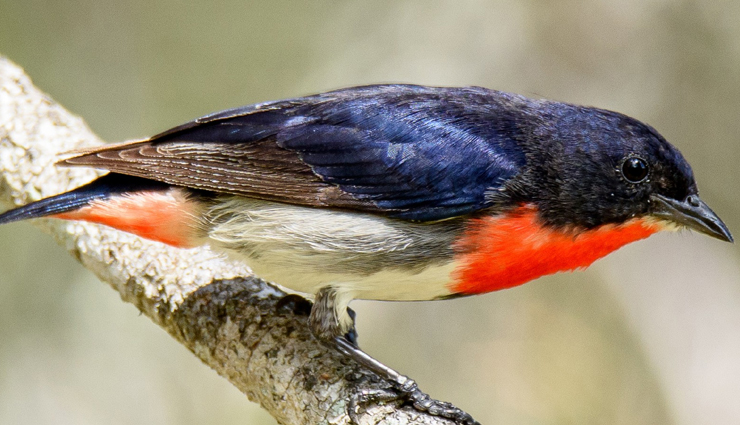
# Mistletoebird
Mistletoebird, a small native bird with a distinctive red-breasted appearance, plays a crucial role in the life cycle of the parasitic mistletoe plant. After consuming mistletoe berries, the bird engages in a unique behavior: it twists its body and deliberately wipes its excrement, containing sticky mistletoe seeds, onto the branch it perches on. This act allows the seeds to adhere to the host tree's branch, facilitating their growth. This symbiotic relationship ensures the survival of both the Mistletoebird and the mistletoe plant, as the mistletoe relies on the bird's seed-dispersal behavior and grows exclusively on the branches of other trees.
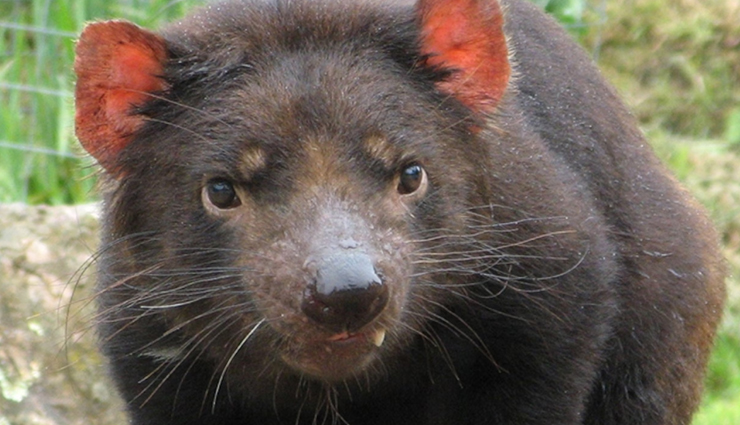
# Tasmanian Devil
Once widespread across mainland Australia, the Tasmanian Devil now exclusively inhabits Tasmania. Within this unique ecosystem, it fulfills a critical role by naturally controlling introduced species that pose threats to Tasmania's native wildlife. This marsupial has proven to be a clever adversary against invasive creatures like feral cats and red foxes, effectively preventing their reproduction. The presence of Tasmanian Devils serves as a safeguard for native animals, enhancing their chances of survival.
One notable talent of these remarkable creatures is their ability to detect the presence of red foxes, notorious for their pungent dens, thanks to their acute sense of smell. These small yet invaluable devils actively contribute to maintaining ecological balance.
Regrettably, the Tasmanian Devil faces a grave predicament, classified as "Endangered" on the IUCN Red List. Over the past decade, its population has plummeted by more than 60%, primarily due to the devastating impact of a contagious facial tumour disease. Efforts to protect and conserve this unique marsupial are ongoing to ensure its survival in the wild.
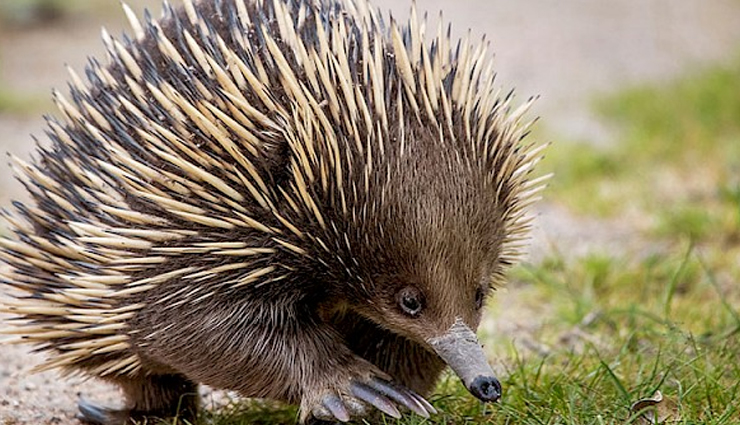
# Short-beaked Echidna
The Echidna, a truly unique creature, boasts a fascinating amalgamation of features reminiscent of other animals. Its body is adorned with spines akin to a porcupine, while its beak resembles that of a bird. A quoll-like pouch is present, and similar to reptiles, it lays eggs. Adding to the intrigue, Echidnas nurse their offspring with milk, a trait shared with all mammals, albeit in an unconventional manner – the milk simply exudes from the skin within the pouch, which the puggle (baby Echidna) then licks up.
This curious combination of characteristics inspired its name, drawing parallels with "Echidna," a figure from Greek mythology who embodied both woman and snake-like qualities. In the case of the Echidna, it exhibits attributes of both mammals and reptiles.
The Echidna comprises four distinct species, with the Short-beaked Echidna being one of them, widely distributed across Australia, including regions like the Great Western Woodlands.
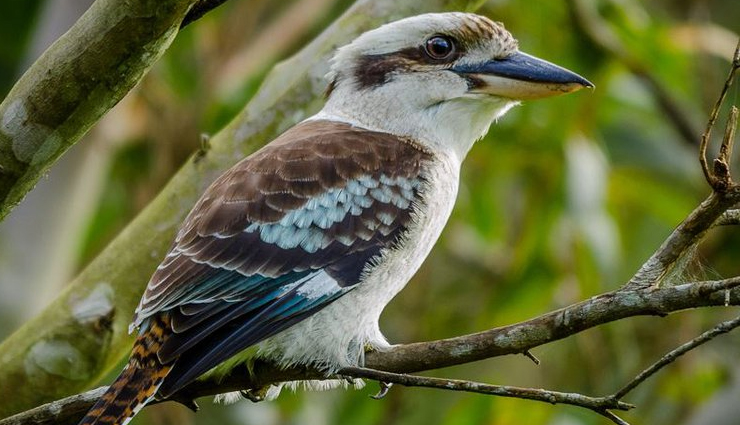
# Laughing Kookaburra
Many of us are well-acquainted with the distinctive call of the Laughing Kookaburra, typically heard during the twilight hours of dusk and dawn. But have you ever wondered about the significance of their vocalization? This sociable and family-oriented bird utilizes its communal call as a means to define and defend its territory, serving both as a declaration and a deterrent to other kookaburras.
Within the family unit, these birds may engage in collective vocalization, akin to a harmonious chorus, amplifying their assertion of territorial ownership. If rival kookaburra families happen to be within earshot, they may also respond, engaging in a vocal competition of sorts.
Fascinatingly, researchers have discovered that members of the same family unit share similar laughter patterns. This laughter is not merely a random sound but rather a social behavior, emphasizing the importance of communal bonds among these birds. Notably, when a kookaburra is held in captivity without the company of its kind, it refrains from laughing, underscoring the social nature of this unique behavior.
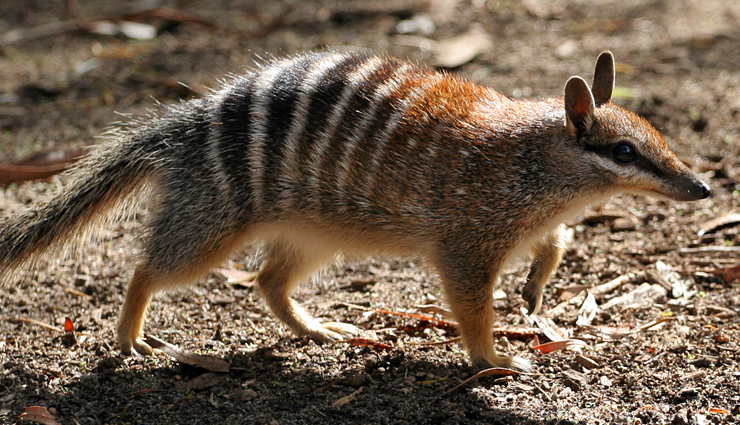
# Numbat
The Numbat, a diminutive marsupial teetering on the brink of extinction, manages to eke out its existence in the southwestern region of Western Australia. Despite its small stature, this vulnerable creature faces a barrage of threats from predators such as feral cats, foxes, dingoes, and predatory birds.
Distinguishing itself from most marsupials, the Numbat adopts a diurnal lifestyle, meaning it is active during the day, a striking contrast to the nocturnal behaviors typically observed in marsupials. As night falls, the Numbat seeks refuge within hollow logs or burrows, cleverly selected to be too narrow for its would-be pursuers to access. To fortify its defense against nighttime predators, it employs its remarkably thick-skinned rump to block the entrance—an ingenious strategy that underscores the Numbat's resourcefulness in using its anatomy for self-preservation.
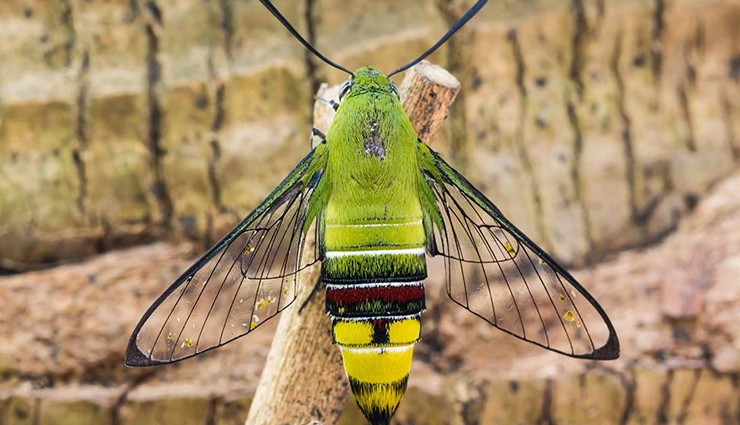
# Pellucid Hawk Moth
The Pellucid Hawk Moth presents a captivating blend of characteristics, evoking the resemblance of a moth, a cicada, and even a Glasswing Butterfly. In the realm of Lepidoptera, the insect order encompassing butterflies and moths, only a select few species possess wings that are not adorned with scales and are instead transparent.
While colored wings in insects can serve various purposes, including communication, defense, thermoregulation, feeding, and waterproofing, the question arises: why opt for transparent wings? This unique adaptation is believed to reduce light reflection by approximately 50% compared to opaque wings, essentially rendering the wings nearly invisible during flight. It's akin to an invisibility cloak, serving as a highly effective defense mechanism against potential predators.
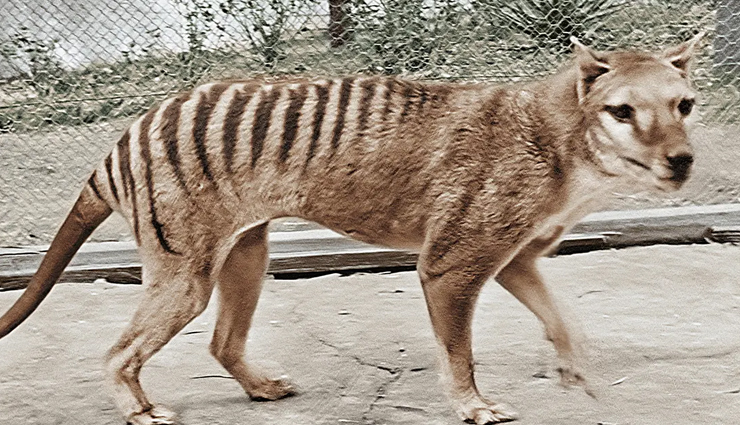
# Thylacine (Tasmanian Tiger)
More than 80 years ago, the world bid a somber farewell to the Thylacine, with the last known individual sadly passing away at Hobart Zoo. During its existence, this remarkable marsupial garnered the more commonly used moniker, the Tasmanian Tiger, owing to the distinctive tiger-like stripes adorning its lower back and tail.
Contrary to the namesake of a tiger or Tasmanian Wolf, the Thylacine was, in fact, a marsupial, and thus, its genetic lineage diverged significantly from that of cats and dogs. This enigmatic creature possessed a characteristic pouch, a trait shared with other Australian national treasures like the wombat, koala, and kangaroo. While pouches are typically the domain of female marsupials for nursing and protecting their young, Thylacine males also sported pouches, which intriguingly served as a protective sheath for their external reproductive organs during traversing dense foliage.
The Thylacine boasted several additional similarities to its marsupial counterparts. It featured robust hind legs that surpassed the length of its front legs, as well as a sturdy, rigid tail reminiscent of a kangaroo's. This unique combination of anatomy resulted in an ungainly and stiff gait that was ill-suited for sprinting. Remarkably, the Thylacine possessed the extraordinary ability to stand upright on its hind legs, with its tail acting as a tripod support, akin to a kangaroo. When threatened or alarmed, it employed hopping as its swiftest means of escape, covering short distances with agility.





